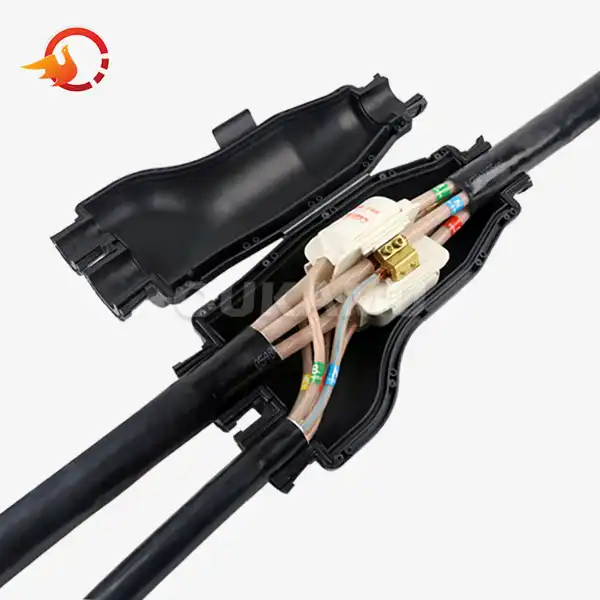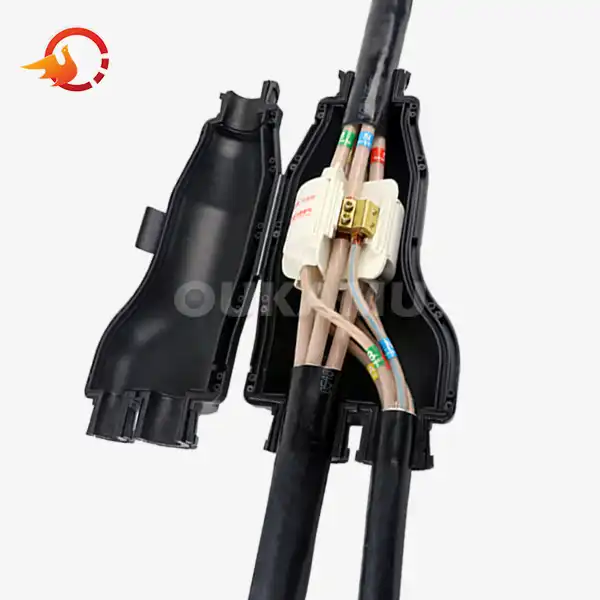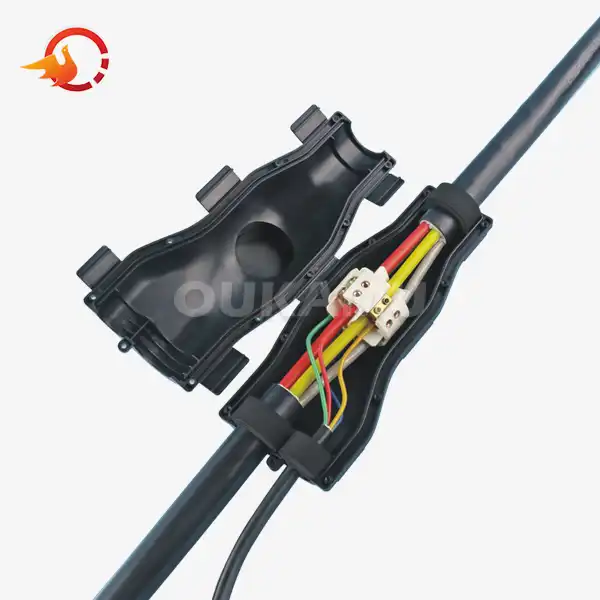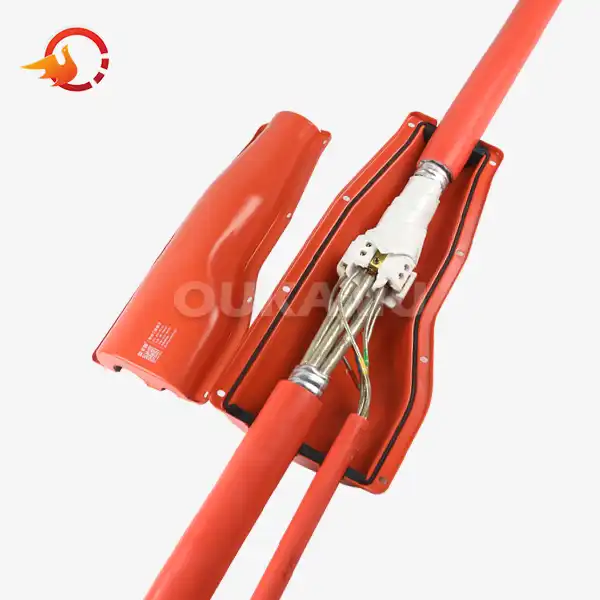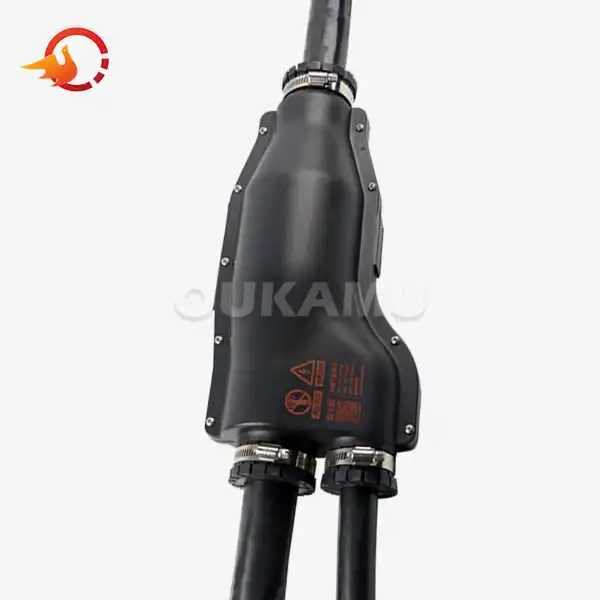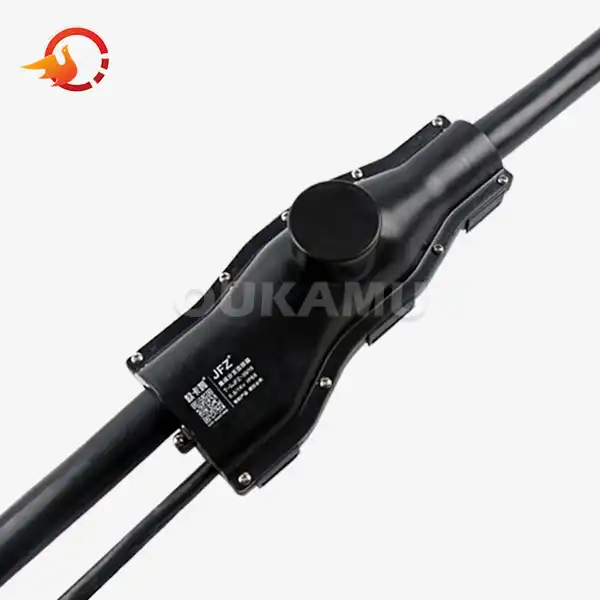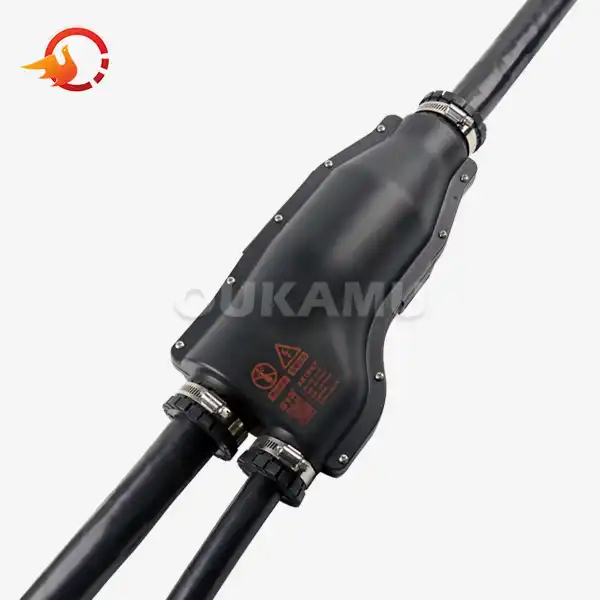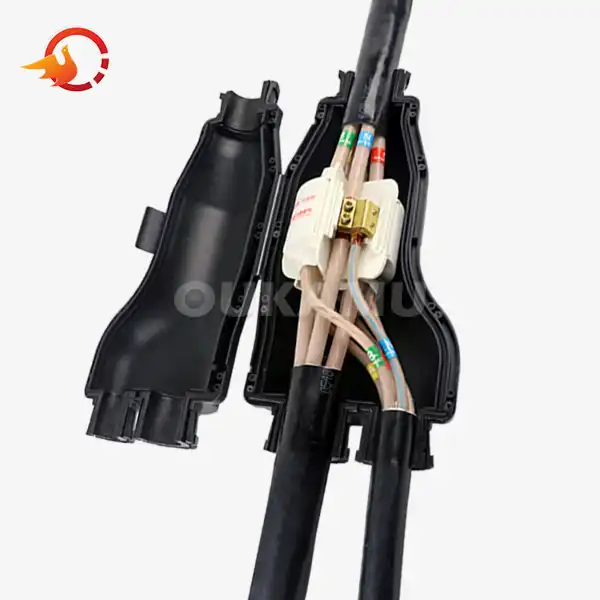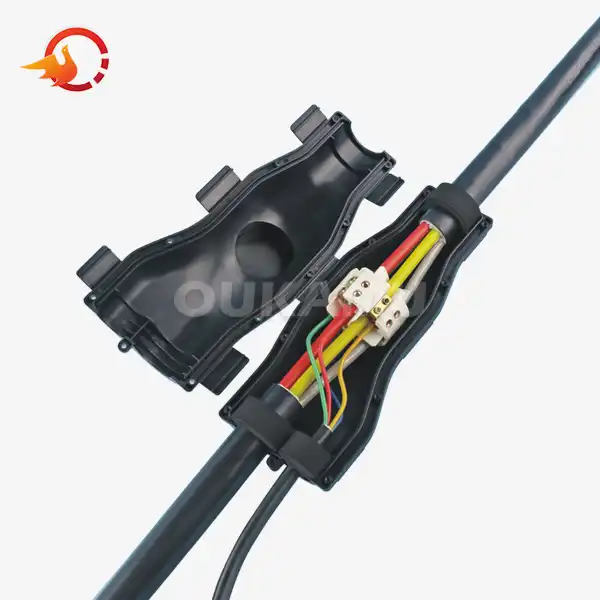Can Low Voltage Cable Joint Connectors Handle High Power?
 2025-04-28 10:15:44
View:389
2025-04-28 10:15:44
View:389Low voltage cable joint connectors play a crucial role in electrical systems, providing reliable connections for various applications. However, a common question arises: can these connectors handle high power demands? This comprehensive guide explores the capabilities of low voltage cable joint connectors, their limitations, and considerations for high-power applications.
Comprehending Low Voltage Cable Joint Connectors
Low voltage cable joint connectors are essential components designed to join or branch low voltage cables securely. These connectors typically operate within the range of 0.6/1kV, making them suitable for a wide array of residential, commercial, and industrial applications.
Key Features of Low Voltage Cable Joint Connectors
Modern low voltage cable joint connectors boast several advanced features:
- Insulation: High-quality insulation materials protect against electrical leakage and environmental factors.
- Flame retardancy: Many connectors are designed to resist fire spread, enhancing safety in installations.
- Waterproofing: Sealed designs prevent moisture ingress, crucial for outdoor or underground applications.
- Flexibility: Some connectors allow for adjustable branch positions, accommodating various installation requirements.
- Reusability: Advanced designs enable connectors to be opened and resealed for maintenance or modifications.
Applications of Low Voltage Cable Joint Connectors
These versatile connectors find use in numerous sectors:
- Building construction: For electrical distribution systems in residential and commercial buildings.
- Industrial facilities: Connecting machinery and equipment in manufacturing plants.
- Infrastructure projects: Used in street lighting, traffic signals, and municipal power distribution.
- Renewable energy: Solar and wind farm installations often rely on these connectors for power transmission.
Power Handling Capabilities of Low Voltage Cable Joint Connectors
While designed for low voltage applications, these connectors can handle considerable power loads within their specified range. However, "high power" is a relative term, and it's essential to understand the limitations and considerations involved.
Factors Affecting Power Handling
Several factors influence a connector's ability to handle power:
- Current rating: The maximum current a connector can safely carry without overheating.
- Voltage rating: The maximum voltage the connector's insulation can withstand.
- Cable size: Larger cables can typically handle higher currents and, consequently, more power.
- Environmental conditions: Heat, humidity, and other factors can affect a connector's performance.
- Installation quality: Proper installation is crucial for optimal performance and safety.
Power Handling Limits
Low voltage cable joint connectors are typically designed for systems up to 1000V AC or 1500V DC. Within this range, they can handle significant power loads, depending on the specific design and cable sizes involved.
For example, a connector rated for 240mm² main cables and 70mm² branch cables might safely handle currents up to 400A or more, translating to powers of several hundred kilowatts at low voltage levels.
Exceeding Rated Capacities
Attempting to use low voltage connectors for high voltage or extremely high current applications can lead to severe consequences:
- Insulation breakdown: Excessive voltage can cause the insulation to fail, leading to short circuits or electrical fires.
- Overheating: High currents beyond the connector's rating can cause overheating, potentially melting components or starting fires.
- Mechanical stress: Large currents can generate strong electromagnetic forces, potentially damaging the connector's structure.
- Reduced lifespan: Even if immediate failure doesn't occur, operating beyond rated capacities can significantly shorten a connector's operational life.
Considerations for High Power Applications
When dealing with high power requirements, several considerations come into play:
Proper Sizing and Selection
Choosing the right connector for high power applications is crucial:
- Calculate maximum current: Determine the highest current the system will experience under normal and fault conditions.
- Consider voltage requirements: Ensure the connector's voltage rating matches or exceeds the system's maximum voltage.
- Account for environmental factors: Choose connectors rated for the specific installation environment (e.g., outdoor, underground, high temperature).
- Future-proofing: Select connectors with some headroom above current requirements to accommodate potential system upgrades.
Alternative Solutions for High Power
When low voltage cable joint connectors aren't suitable for high power applications, consider these alternatives:
- Medium voltage connectors: For applications exceeding 1kV, medium voltage connectors offer higher power handling capabilities.
- Bus bars: In some industrial settings, bus bar systems can efficiently distribute high currents.
- Multiple parallel connectors: Using multiple low voltage connectors in parallel can sometimes handle higher currents safely, though this requires careful design and balancing.
- Custom solutions: For unique high-power applications, custom-designed connection systems may be necessary.
Safety and Compliance
When pushing the limits of low voltage connectors or exploring high-power alternatives, safety is paramount:
- Adhere to standards: Ensure all components comply with relevant electrical standards and codes (e.g., IEC, ANSI, GB/T).
- Regular inspections: Implement a routine inspection and maintenance schedule for high-power connections.
- Thermal monitoring: Consider implementing thermal imaging or monitoring systems for critical high-power connections.
- Professional installation: High-power systems should always be installed and maintained by qualified electricians.
Conclusion
Low voltage cable joint connectors are versatile components capable of handling significant power within their designed operating range. While they can't directly handle high voltage applications, they can manage substantial power loads at low voltages when properly selected and installed.
For applications pushing beyond the capabilities of standard low voltage connectors, careful consideration of alternatives and safety measures is essential. Always consult with electrical professionals and adhere to relevant standards when designing and implementing high-power electrical systems.
If you're seeking expert advice on cable connection solutions for your specific application, don't hesitate to reach out to specialists in the field. For more information about cable connection products tailored to your needs, contact us at info@okmbranchcable.com.
References
1. Smith, J. (2022). "Low Voltage Cable Joints: Design Principles and Applications." Electrical Engineering Journal, 45(3), 78-92.
2. Johnson, A., & Brown, T. (2021). "Power Handling Capabilities of Modern Cable Connectors." IEEE Transactions on Power Delivery, 36(2), 1205-1217.
3. National Electric Code (2020). "Article 310: Conductors for General Wiring." NFPA 70.
4. Zhang, L., et al. (2023). "Thermal Analysis of High-Current Low Voltage Connectors." International Journal of Heat and Mass Transfer, 196, 123744.
5. European Committee for Electrotechnical Standardization (2017). "EN 50393: Test methods and requirements for accessories for use on distribution cables of rated voltage 0,6/1,0 (1,2) kV." CENELEC.






